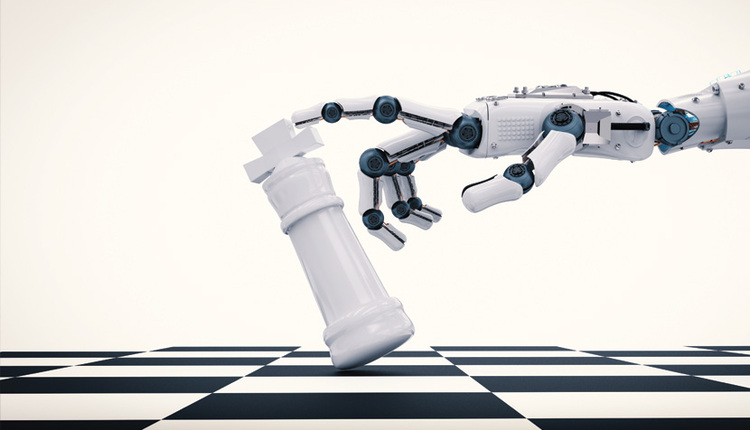This article appears in the Winter 2018 digital issue of DOCUMENT Strategy. Subscribe.

Image by: Rawpixel, ©2018 Getty Images
A critical precondition for any digital transformation strategy is selecting the right technology. Yet, industry surveys suggest that more than half of all projects fail to identify the best solution for the customer's needs. There's a reason for this: Too often, enterprise teams follow a "waterfall" method when selecting their technology solutions, often involving long lists of feature requirements but not enough human involvement or time spent testing the system. Instead, companies should follow a more agile process that incorporates the latest principles of design thinking.
What Is a Digital Experience Platform?
Digital experience (DX) platforms come in many flavors. Most commonly, an enterprise will need to address key services around social media engagement, marketing automation, web content and experience management (WCM), and digital and media asset management (DAM), though there are many other tools that typically make up a DX technical architecture.Perhaps the biggest irony here is that many organizations leave out the whole experience component of the solution in their own vetting efforts. Companies should be asking: How will customers and prospects interact with the platform? How will employees effectively manage and exploit it?
At the heart and soul of any selection process, the key is to create story-based user journeys. By testing vendors through an iterative and adaptive process, you will more practically hone in on the solution that best fits you and your goals.

©2018 DOCUMENT Strategy. Unauthorized reproduction prohibited
Let's look at some practical tips for conducting each phase of this process.
Create a "Long List"
Most often, you will first begin your search by exploring the broader solutions marketplace. At this stage, you should carefully research the type of technology that will satisfy your needs and the selection criteria for the long list of plausible suppliers. It's important to cast a wide net during this step and not rely on a single source of information. Along the way, you may discover key bidders who weren't among your initial list of usual suspects.Get to a Short List
Explicitly or not, different tools target different use cases. Any technology platform or product wants to behave a certain way. The key is to match a vendor's prime use case with your specific needs. The way to do this is through a scenario analysis. Think of a scenario as a high-level business use case, like peer-based customer support for customer relationship management (CRM) systems or short-form videos for DAM technology.When determining your initial short list of vendors to evaluate, it's important to understand how a product's fundamental scenario aligns with your intended use case. This will allow you to see the relative strengths and weaknesses for your particular circumstances.
Remember, we're talking about experience technology here. To pick the right tools, you should follow a proven, practical selection process.
Hold Useful Demos
As you narrow your search for possible vendors, demos will serve as a kind of bridge between a narrative proposal and the subsequent hands-on prototyping. Rather than discuss what a solution theoretically could do, the bidder has to show your team. If planned and structured meticulously, demo sessions can be highly revealing about the technology and the vendor, as well as the true relevance of your scenarios. The key is to return to your original set of relevant user stories, spending enough time on them to allow bidders to demonstrate meaningful differences.Run a Competitive Bake-Off
Sometimes called a proof of concept (PoC), a bake-off is when you put a technology (and vendor) through some very practical, hands-on tests. In these competitive "bake-offs," vendor finalists are asked to mimic a real implementation, showing how to use some parts of their proposed solution. The key is that it's totally customized to your requirements. In this bake-off, you'll use your ingredients (content and data), bakers (participating employees), and your ovens (real environment)—though typically, you'll employ the vendor's kitchen (a.k.a., cloud environment).Remember, we're talking about experience technology here. To pick the right tools, you should follow a proven, practical selection process.
Tony Byrne is Founder of Real Story Group, an independent analyst firm that evaluates digital workplace and marketing technologies for enterprise customers. He is also the co-author of the book, "The Right Way to Select Technology: Get the Real Story on Finding the Best Fit."










